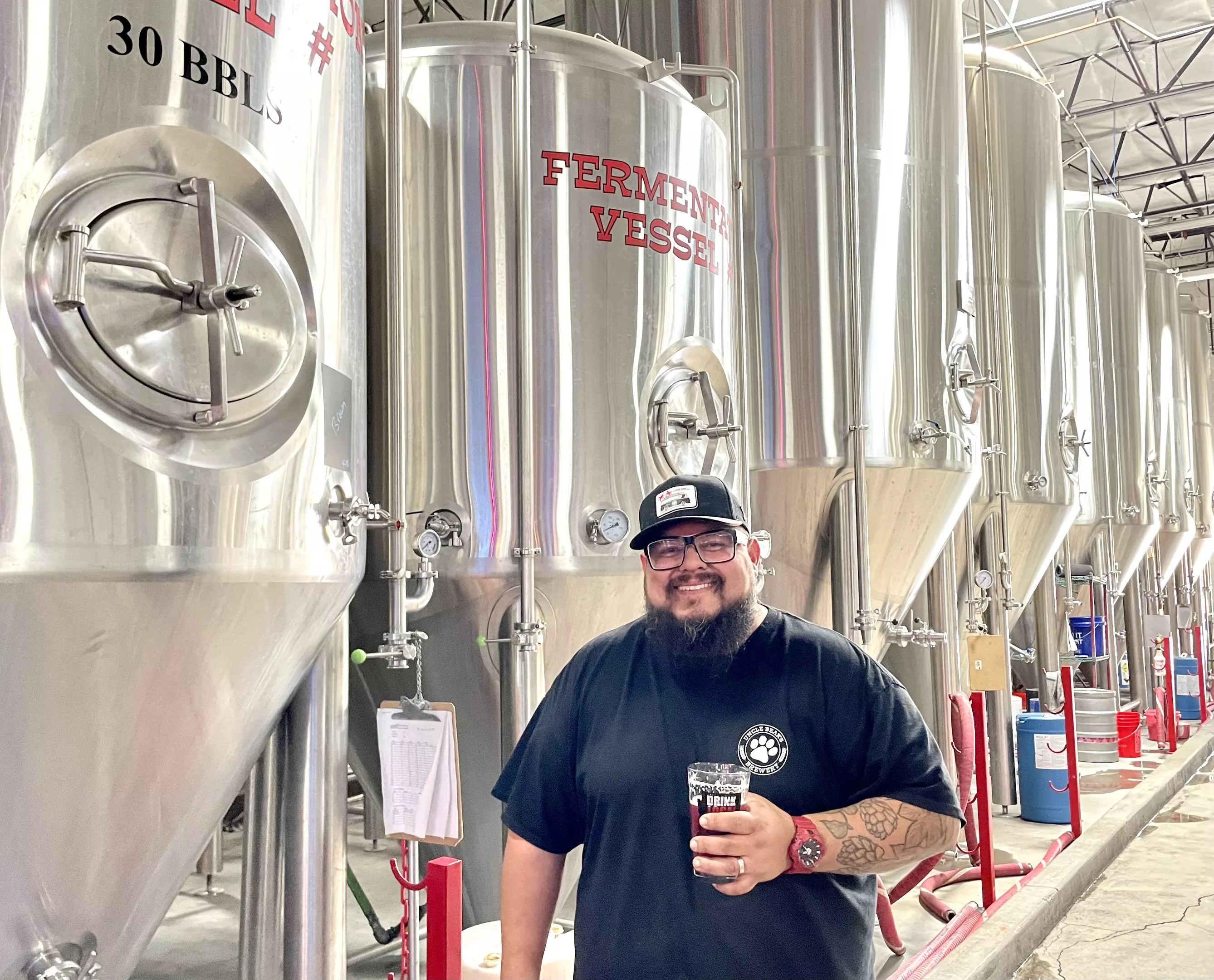
Sara Crocker

Audio By Carbonatix
When Drew Ortega is at Uncle Bear’s Brewery early in the morning and he adds flaked corn to the mash of Tio Oso, the brewery’s Mexican lager, the sweet aroma reminds him of his grandmother.
“My fondest memory is Christmases, she would always make fresh tortillas,” the head brewer of Uncle Bear’s says. “I do have a little nostalgia when I make Tio (Oso’s) because we use that corn. As soon as I dump it in you can smell it.”
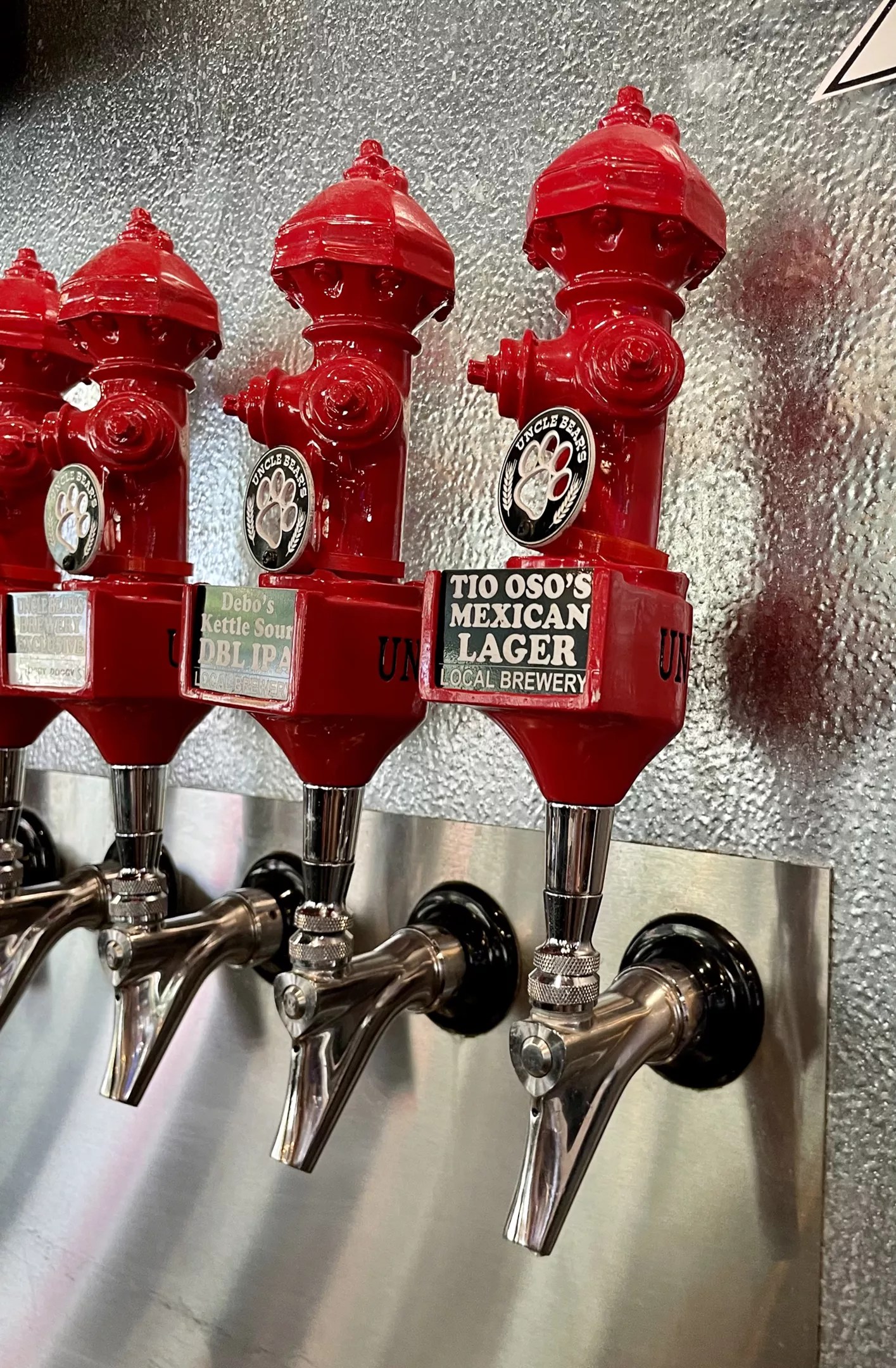
Tio Oso’s is Uncle Bear’s Brewing’s best-selling beer.
Sara Crocker
Corn is what Ortega says makes the beer true to style. However, he pauses before he says “true,” acknowledging there are no set rules or guidelines for what defines a Mexican lager. Other beer styles are articulated by governing groups like the Brewers Association, which presents the Great American Beer Festival competition that recognizes breweries for excellence in beermaking.
But corn – and its connection to Mexico – is what Ortega and many other brewers point to as what defines Mexican lager, a beer whose history has been influenced by Spanish, German, and American forces over hundreds of years.
“The corn’s important to me,” Ortega says. “I’m Mexican. It’s a huge staple in what we eat daily. That I’ll never take out (of Tio Oso). I like the sweetness of it. You get a subtle sweetness but it also dries it out, which is what you want in a lager.”
Brewers across the Valley say lagers have recently gained popularity and are becoming a staple among customers. Mexican lagers have always held a place in Arizona drinkers’ fridges, albeit from large brands. Dos Equis is the most popular beer among Arizonans, according to a study by TOP Data. That preference follows across the country, where Mexican beers make up eight of every 10 imported beers sold, according to Beer Institute.
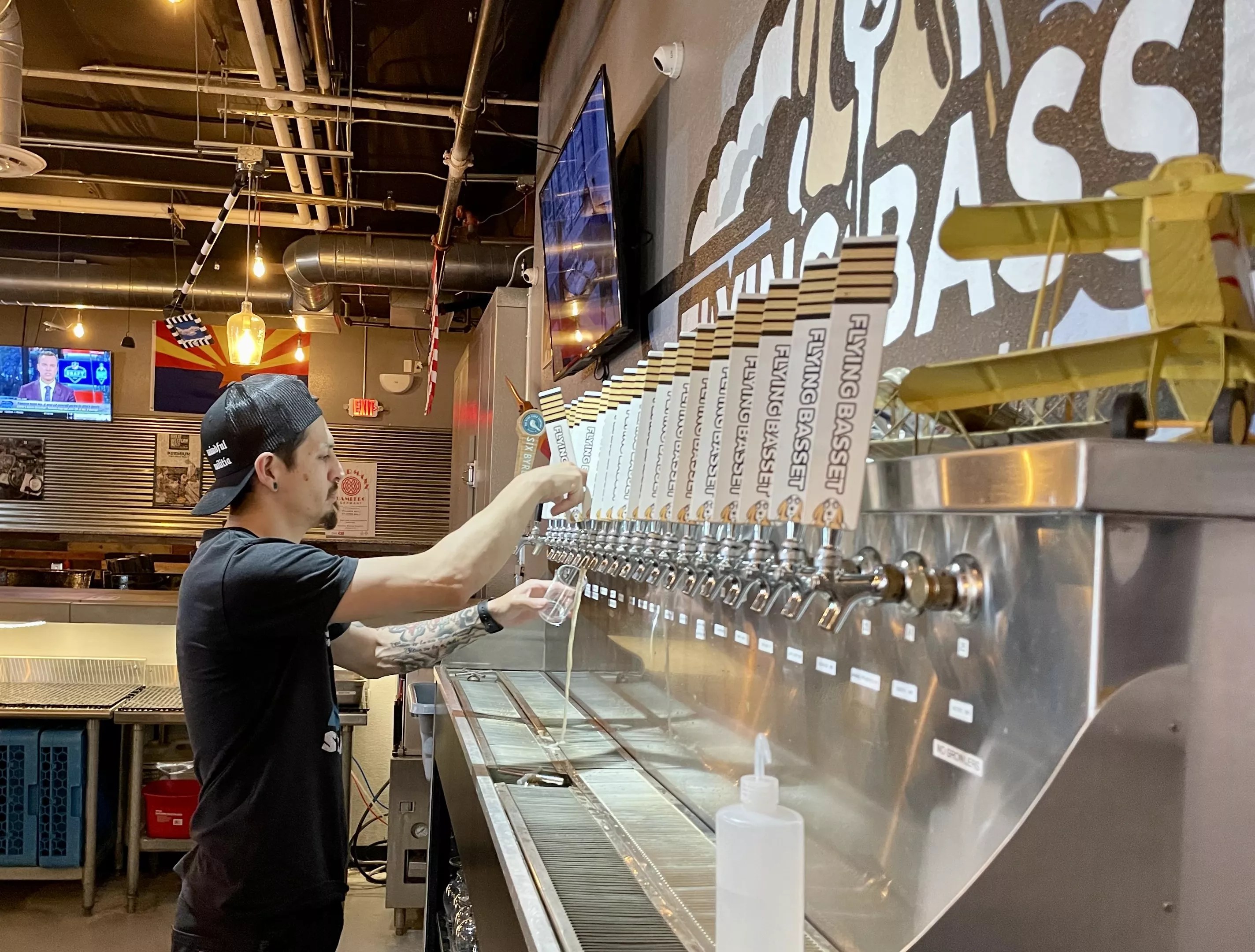
Joshua “Archy” Archuleta notes that for Mexican lagers, “technically the style doesn’t exist … it’s more of a marketing approach,” but notes the addition of corn, which provides a sweet note and crisp taste, as an important element.
Sara Crocker
But craft breweries are jumping into the ring. Increasingly, Arizona brewers are adding Mexican-style lagers to their tap lists. Head Brewer at Flying Basset Brewing Joshua “Archy” Archuleta says the brewery has three to six lagers on tap throughout the year. The brewery added a cerveza called El Capitan which is a “light, crushable, exceptionally crisp beer for the Arizona heat.”
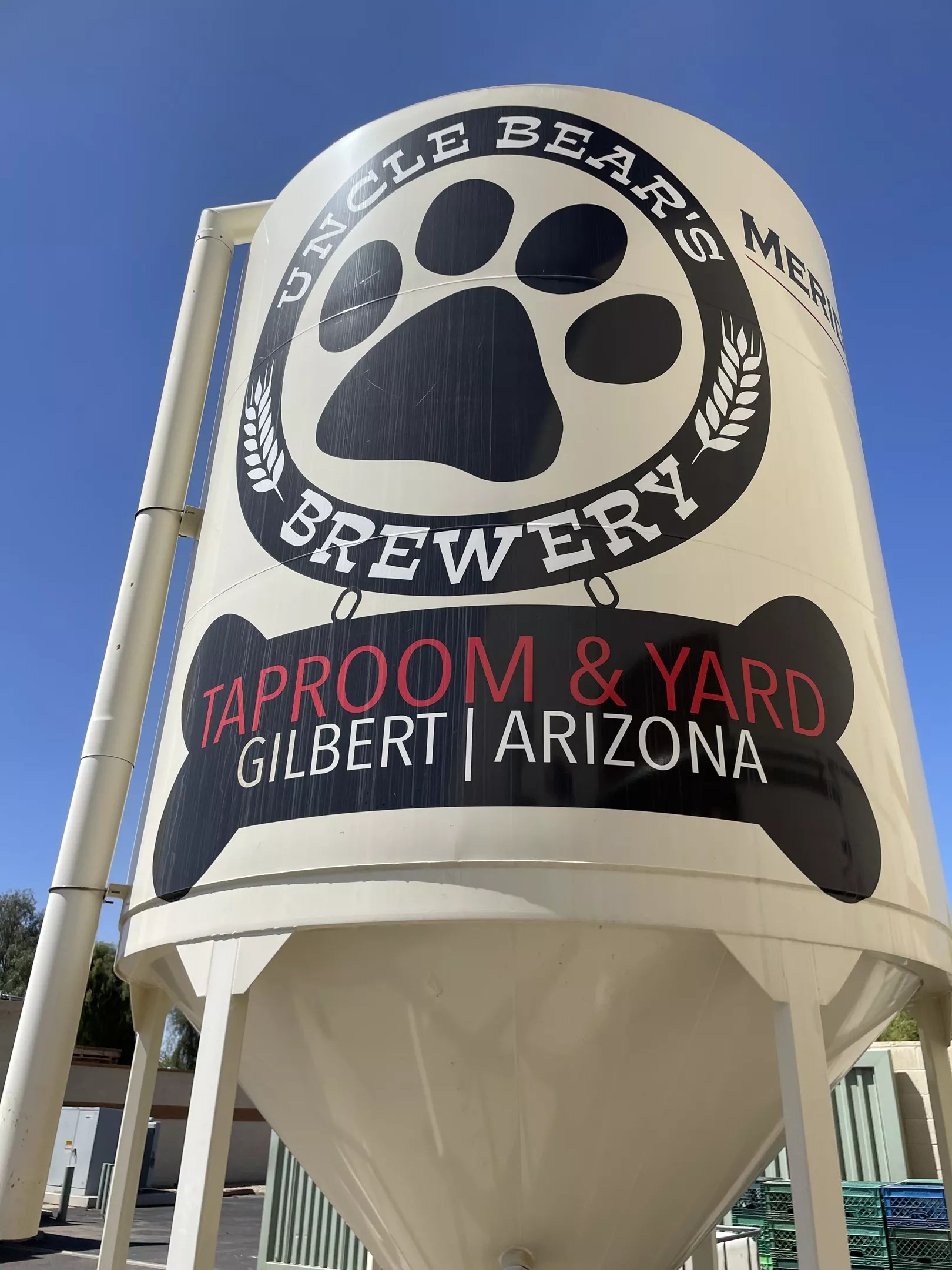
Uncle Bear’s Brewing has six dog-centric brewpubs around the Valley, with its brewing operations in Gilbert.
Sara Crocker
Arizona Craft Brewers Guild Deputy Director Andrew Bauman conducted an informal survey of the organization’s 100-plus members across the state, and more than a quarter said they brew a Mexican-style lager.
The thirst for the style is real. These lagers are the leading sellers at some breweries, while others have seen their demand skyrocket and have increased production to match.
“I think that in Arizona we have so much connection to our southwestern history and heritage,” says Bauman, who previously brewed at Uncle Bear’s and The Perch Brewery. The hot climate, connection to Mexico and the nostalgia of beers “we all grew up with” like Corona or Modelo are drivers for the rise of the lager style in craft taprooms, he added.
A long and complicated history
Mexico’s indigenous people have a long history of creating and drinking fermented beverages, such as pulque made from agave sap, tepache made from pineapple peels and rinds and tesgüino, a corn-based beer.
The arrival of imperial forces from Spain brought barley and European-style brewing to the country in the 1600s. Heavy restrictions and taxation on beer and its brewing process, along with a lack of local ingredients led to little growth.
Brewing started to grow following The end of the Mexican War of Independence – not the result of the battle that commemorates Cinco de Mayo.
German immigrants began settling in modern-day Texas and Mexico, bringing their brewing traditions as well. Victoria, a Vienna-style lager that is an amber color and has a bit of maltiness, is said to be Mexico’s original lager. It was first brewed in 1865, during the short-lived rule of Emperor Maximilian I, an Austrian who yearned for the beer.
Corn, a local and plentiful ingredient, was added to lessen the need for imported grain. German settlers helped grow the industry to 36 Mexican breweries by 1918.
During Prohibition, American drinkers streamed across the border to find alcohol. Lighter pilsners like Corona and Modelo were first brewed during that era. While Prohibition gave a boost to border breweries and distilleries, the industry consolidated into two large players, Grupo Modelo and Cerveceria Cuautehmoc-Moctezuma, which today are part of international beverage groups.
Corona was first imported into the U.S. in 1981, and with it built a beer lifestyle brand reflecting relaxation and soft lapping waves on sandy beaches.
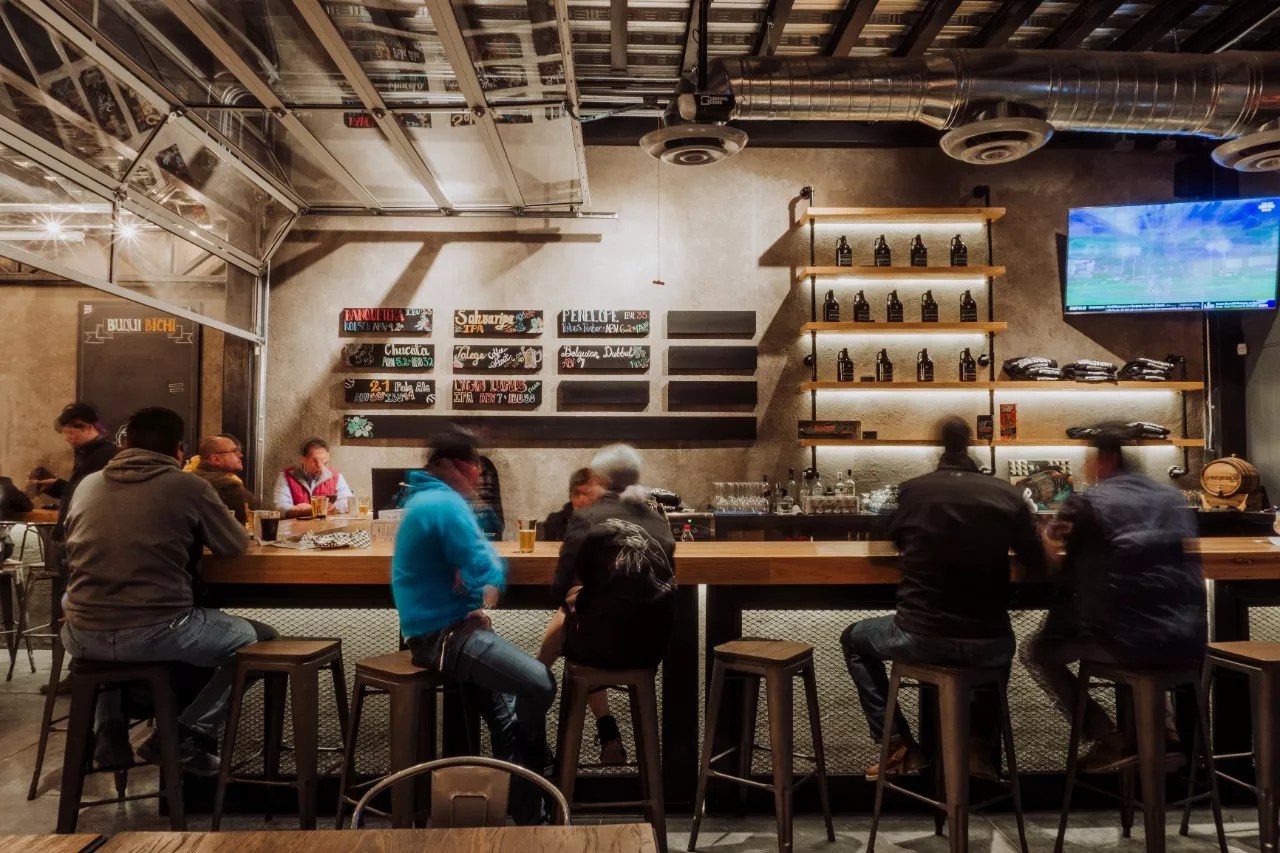
Mexican craft brewer Buqui Bichi Brewery, based in Hermosillo, Sonora, will open its first U.S. taproom in Chandler in May 2023.
Buqui Bichi Brewing
It’s only in more recent memory that craft brewing has begun to grow in Mexico once again. Luis Osuna, the CEO of Buqui Bichi Brewery, based in Hermosillo, Sonora, says he and his partners founded the brewhouse in 2016 to provide more beer styles made on a microbrewing scale in Mexico.
“Mexicans, we do know how to do a good beer, so now we’re doing it craft,” Osuna says.
A craft approach
Buqui Bichi is set to open its first U.S. taproom in Chandler later this month, with 12 taps showcasing a spectrum of styles, from a Kolsch to a hazy IPA. The brewery combines influences from European and American brewing styles with ingredients from the Sonoran Desert – the brewers have added chiltepin, pitaya or dragon fruit and mesquite flour to their beers.
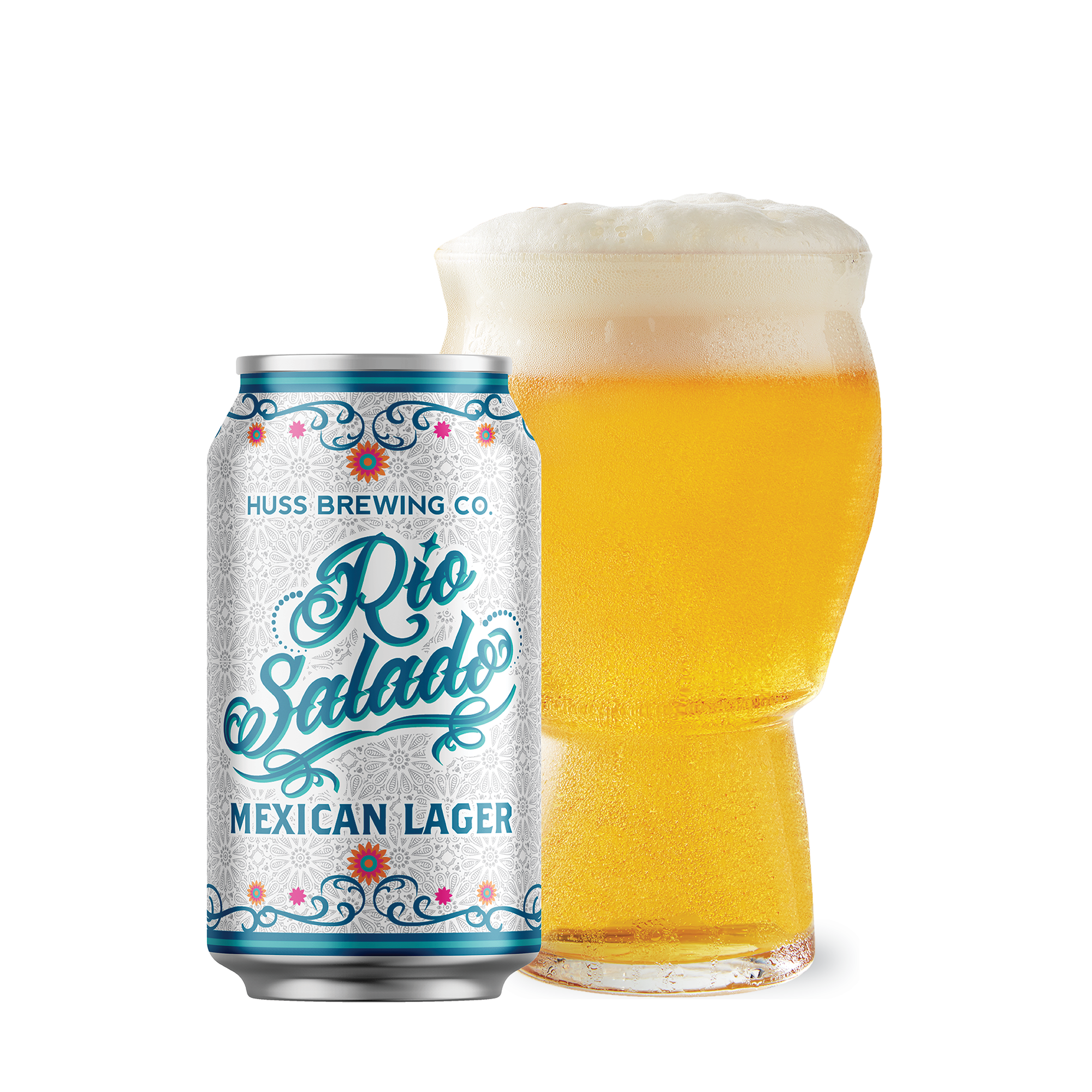
Rio Salado is a Mexican-style lager brewed by Huss Brewing Co.
Huss Brewing Co.
“That idea of sharing our beer, our food, and our experience continues and this is just an extension,” Osuna says.
Every brewer adds their own story to any beer style, and because there are no hard and fast rules to what defines a Mexican-style lager, “it is open to interpretation more than other categories,” Bauman says.
At Pedal Haus Brewery, master brewer Derek Osborne creates a Mexican Amber Lager that’s true to the Vienna-style beer that birthed lagers in Mexico. Huss Brewing Co. makes a lager that’s an homage to Rio Salado Brewing Co., a former Tempe brewery that Huss resides in today and whose brewing style, likewise is rooted in German tradition. The beer uses Vienna malt and flaked corn, says Leah Huss, who founded the namesake brewery with her husband Jeff Huss.
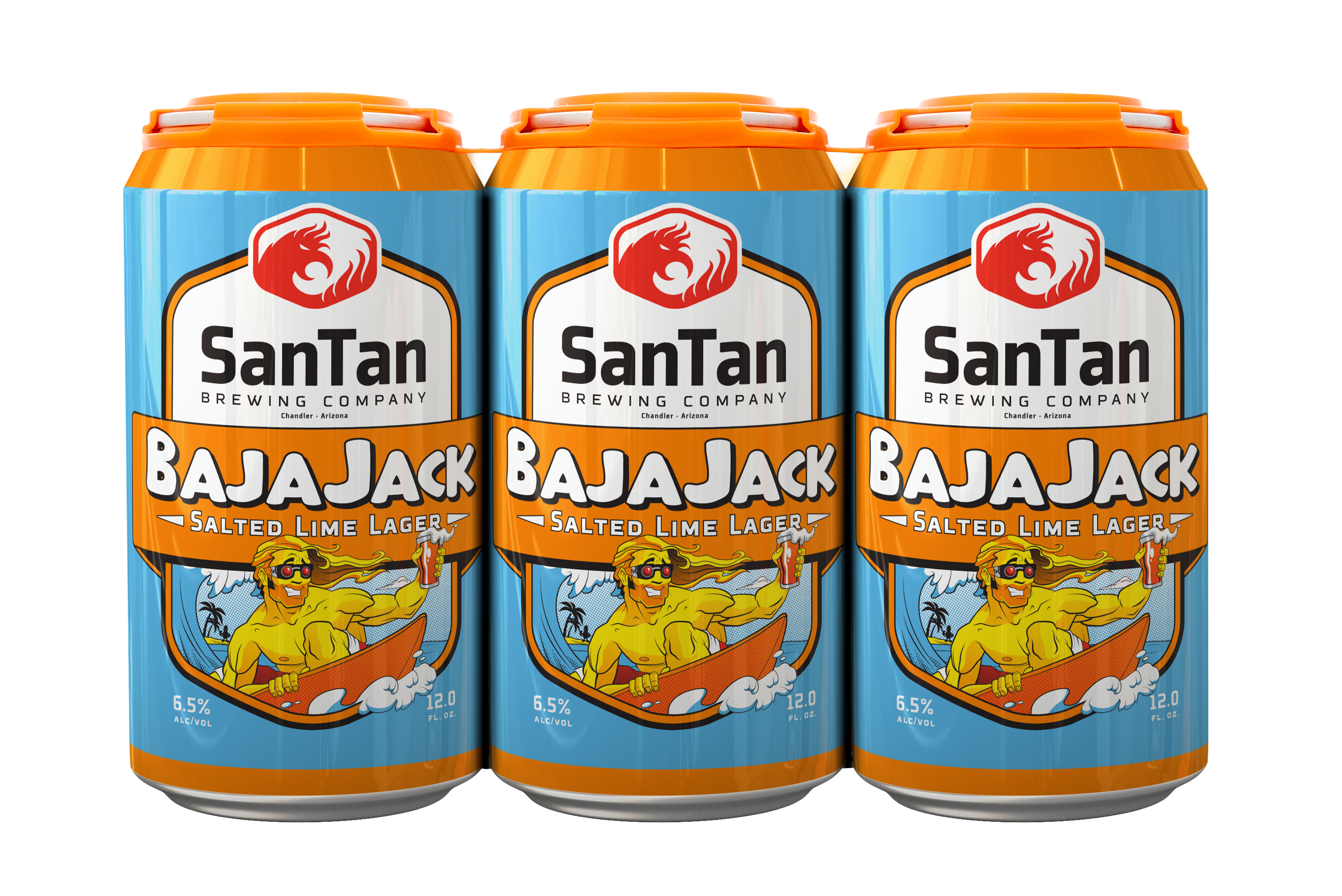
SanTan Brewing Co. has introduced a new seasonal strong lager inspired by surf trips to the Baja Peninsula.
SanTan Brewing Co.
SanTan Brewing Co.‘s seasonal BajaJack takes inspiration from surf trips to the Mexican peninsula for its strong lager, which SanTan calls a “surfveza” and includes lime juice from Tempe’s Sun Orchard. Uncle Bear’s has a variation of Tio Oso’s with roasted Hatch chiles from New Mexico. The addition gives a vegetal bite to balance the sweetness, without the heat that other chiles bring. After adding the chiles, Ortega will test each batch from the brewhouse in Gilbert until it’s to his taste.
While each brewer creates their own interpretation of the style, drinkers are ordering Mexican-style lager across the board. Tio Oso’s is Uncle Bear’s top seller. Osborne, who took a break from brewing Pedal Haus’ Mexican Amber Lager to discuss it, says they were brewing enough to fill 120 kegs. This time last year, Pedal Haus was filling 30 kegs.
Flying Basset launched its Mexican lager El Capitan just over a year ago. Since its release, the beer has received several awards, including the Guild’s gold medal for lager and bronze for Best in Show, an award that takes into account all beers and styles entered in the competition.
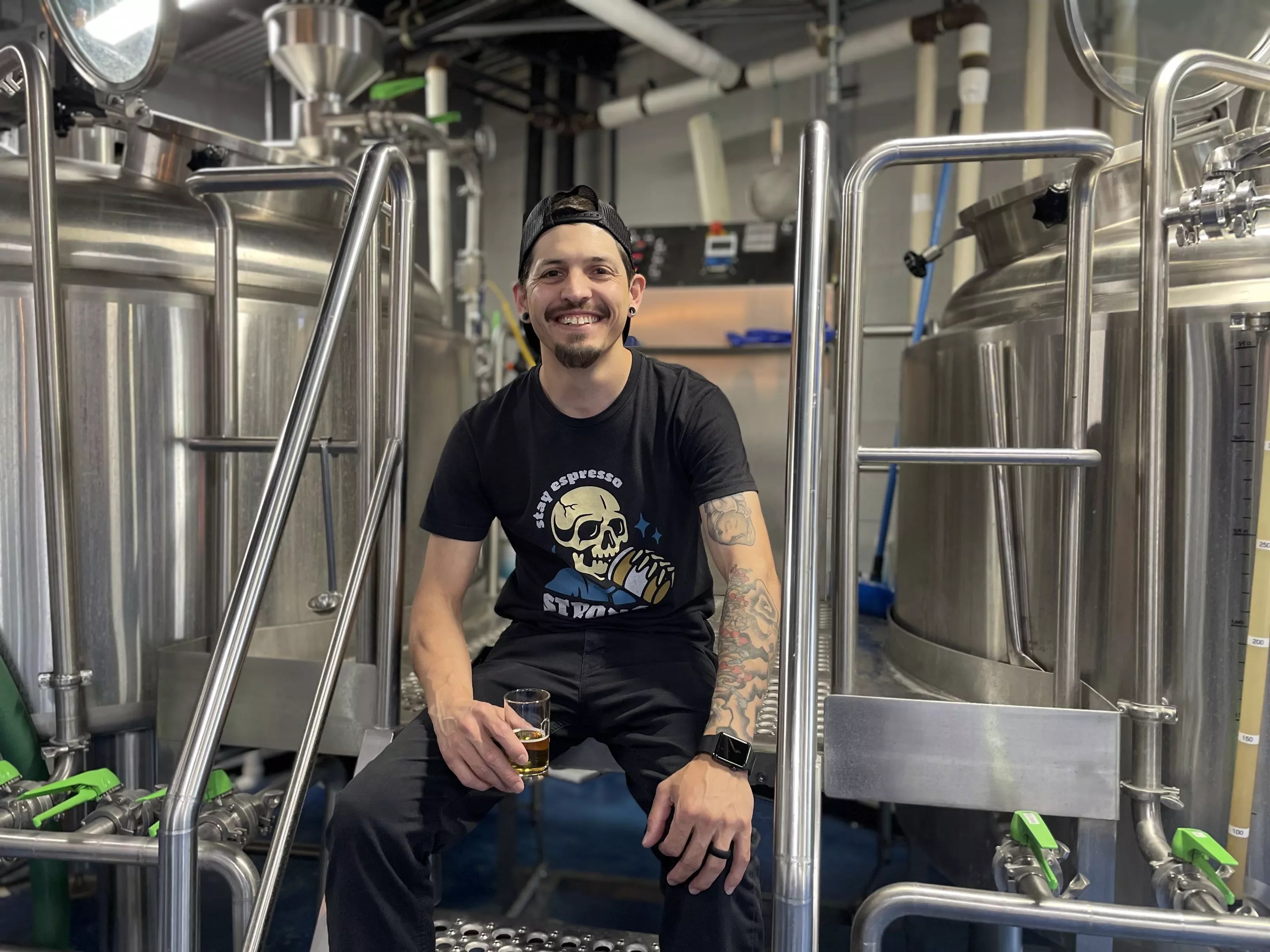
Joshua “Archy” Archuleta has added lagers and sours to Flying Basset Brewing’s family of beers in his tenure as head brewer.
Sara Crocker
Archuleta says he based the lager recipe off one he created as a homebrewer, adjusting the balance of corn to get the taste without an overwhelming sweetness or aroma.
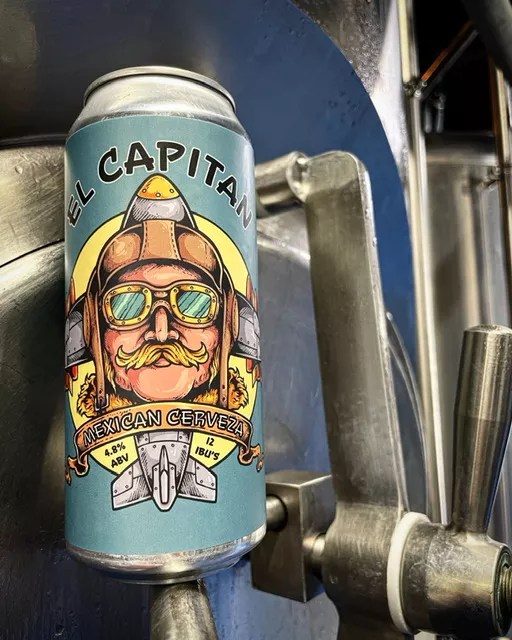
El Capitan is Flying Basset Brewing’s primary lager, and the brewery generally has three to six lagers in rotation on its taps.
Joshua Archuleta
While craft breweries are often associated with IPAs, brewers say they welcome the return to more straightforward styles like lagers. And, while it may be easy to dismiss lagers as simple, brewers point out that the simplicity doesn’t hide any flaws.
“Lagers are my favorite thing to brew. You can’t hide anything,” Archuleta says. “For me, when it comes to lagers, less is more.”
Huss echoed Archuleta.
“It is harder to make a really good, clean lager,” she says, joking that it’s similar to wearing a thin dress out of the house. “You’re kind of exposing yourself when you’re making a light-colored, really clean, crisp lager.”
Corona’s connection to Cinco de Mayo
Corona has tied itself to Cinco de Mayo, – a holiday that was revitalized in the U.S. as part of the Chicano movement of the 1960s and 1970s, celebrating connections to Mexico. Today, the holiday sits alongside St. Patrick’s Day as a day often devoid of appropriate cultural connection in favor of consumption.
Bar specials and parties abound, more often used to signal the kickoff to summer. Archuleta says for his family in New Mexico, who trace their roots back to Mexico and El Salvador, it’s a day more centered on spending time with family and cooking together.
“Cinco de Mayo is more about authentic food and authentic time with the family,” he says.
Ortega said he’s indifferent about the holiday, but adds that he’s excited to see Arizona craft brewers embrace Mexican-style lager-making and reintroduce the perspective of small, independent breweries to the style.
“If we can take a little piece of the pie back from some of the bigger players and make some quality craft Mexican lager, I’m all for it,” he says.